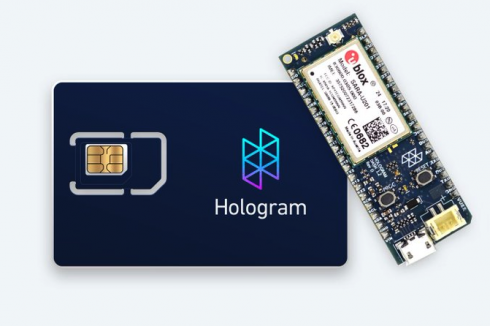
Hologram, a software defined cell network for IoT, has announced a multi-factor authentication solution for connected devices. Multi-factor authentication means that a user needs to confirm their identity in addition to providing a password, such as a passcode sent to their phone.
While a majority of the Internet already participates in existing multi-factor authentication, Hologram believes there needed to be a similar solution for IoT devices.
The company’s Hologram SDK and Hologram SIM card will enable users to implement the new security feature, and protect against unauthorized access. It includes key rotation, signing, and message authentication code such as time-base done-time password in order to verify identities and secure communications.
The Hologram multi-factor authentication is used by developers and businesses to securely communicate with IoT devices and gateways, create trust at manufacturing time for IoT devices, and re-establish trust after security incidents by re-issuing security keys.
“Hologram’s multi-factor authentication adds a much-needed layer of security to IoT devices,” said Ben Forgan, CEO of Hologram. “Right now, IoT security lags behind broader internet security standards resulting in massive botnets and frequent, large-scale hacks of consumer devices. Bringing multi-factor authentication to IoT solves many of the security and trust issues that plague connected products today.”
Other features include: ability to embed the solution into physical hardware, develop nonce and challenge-based schemes, and reestablish trust remotely. The multi-factor authentication feature is now in private beta.





